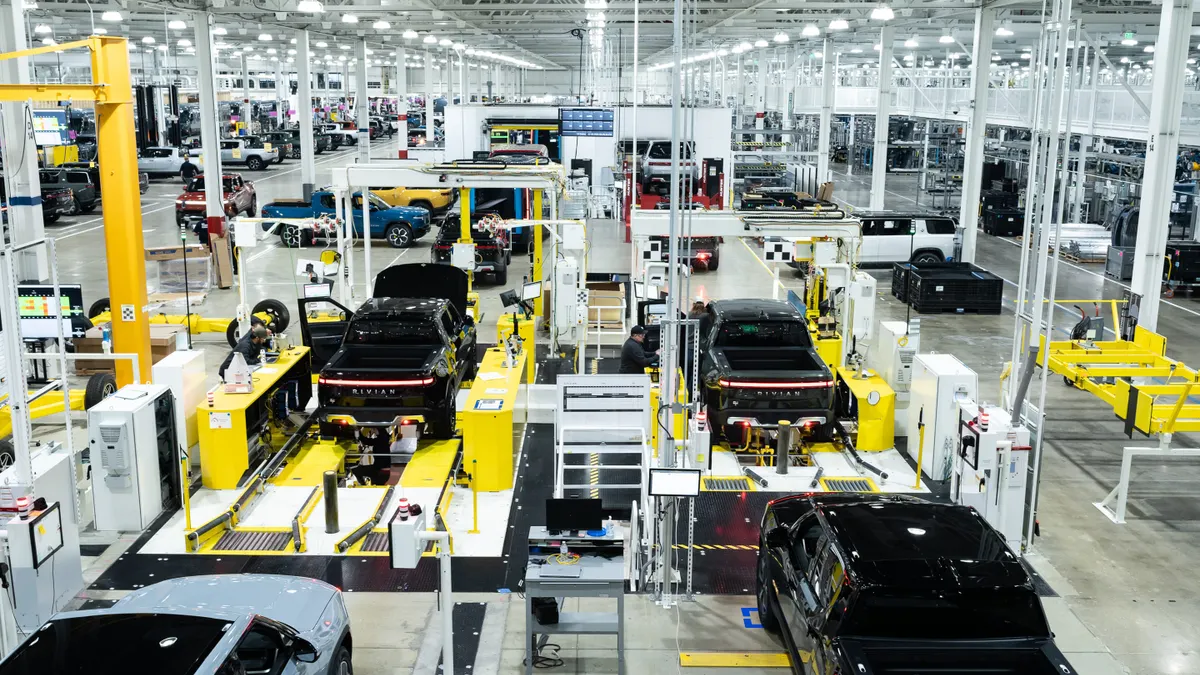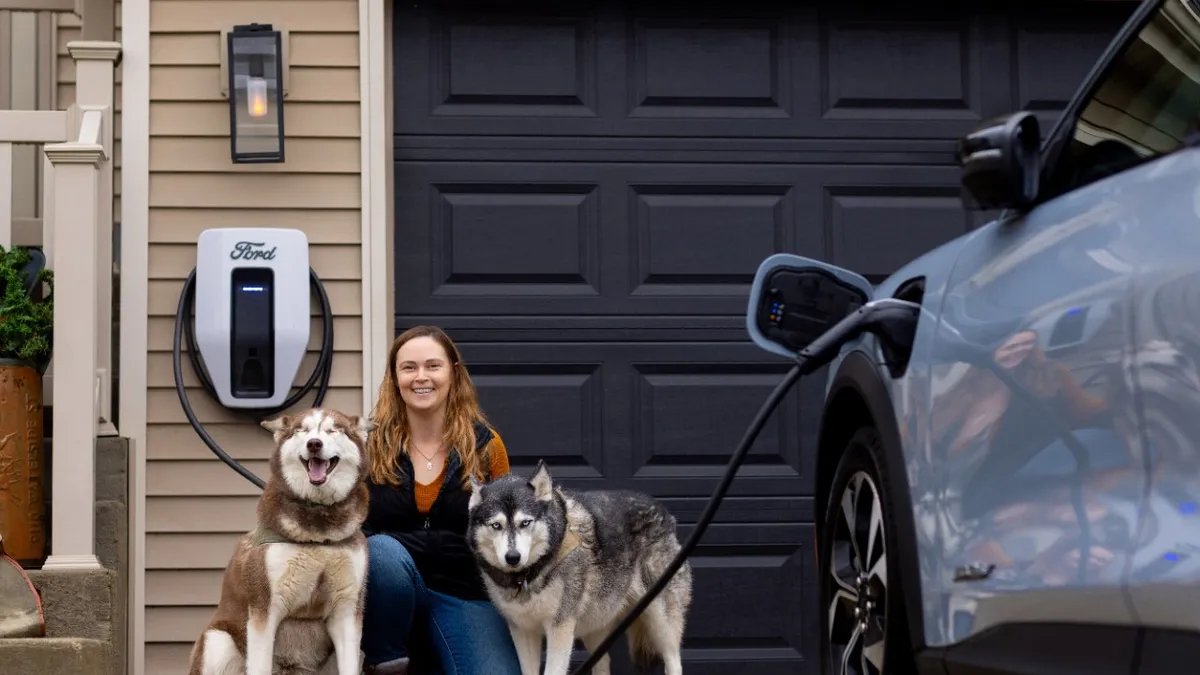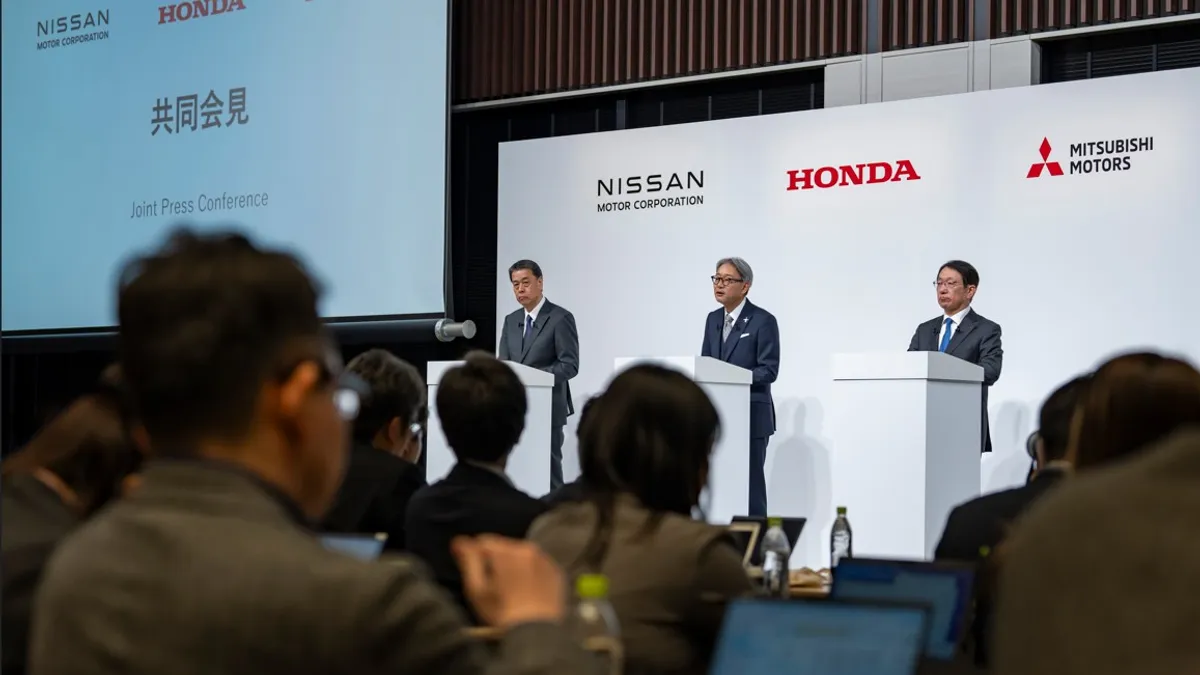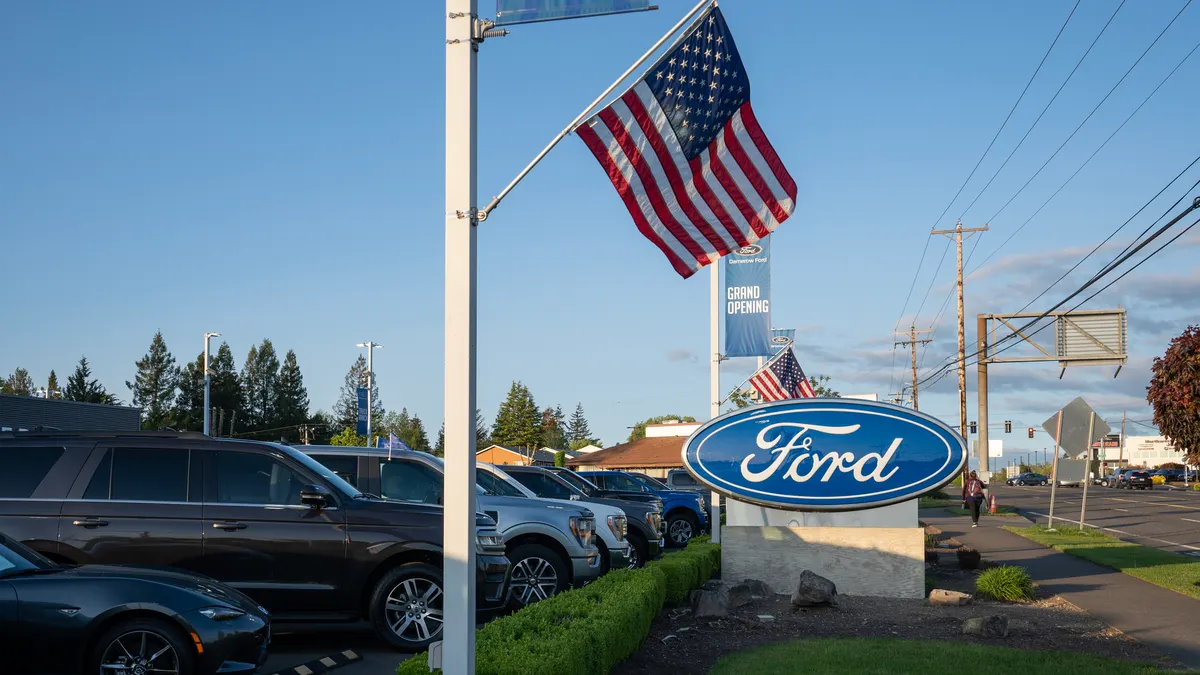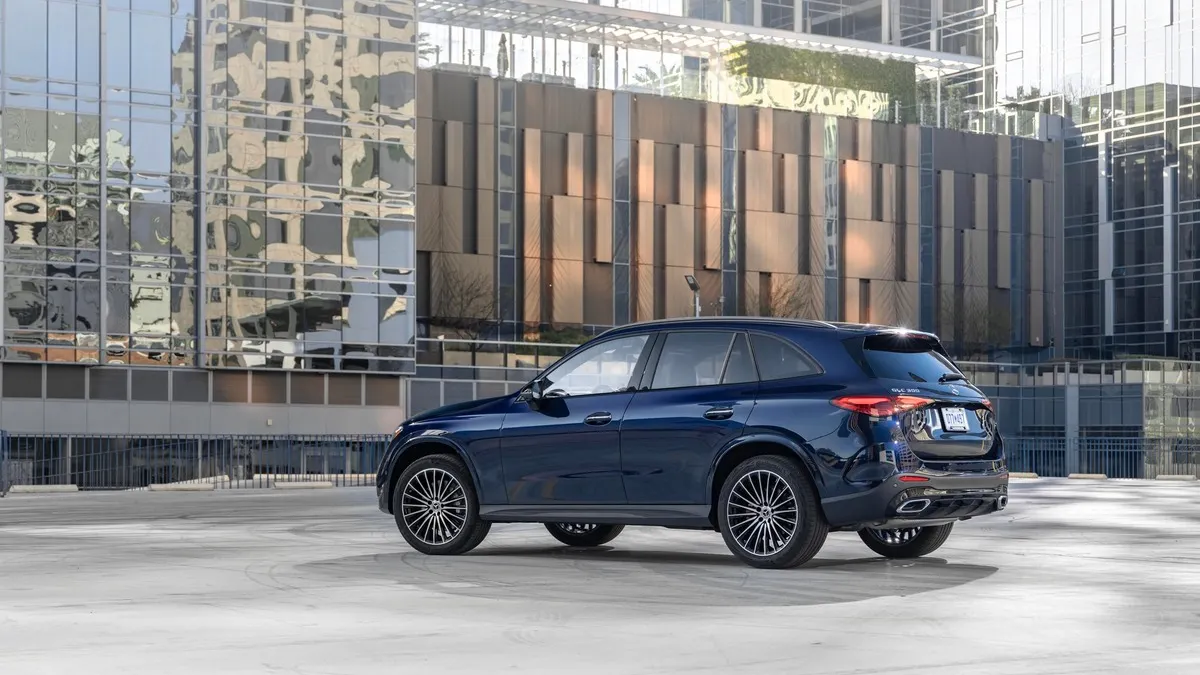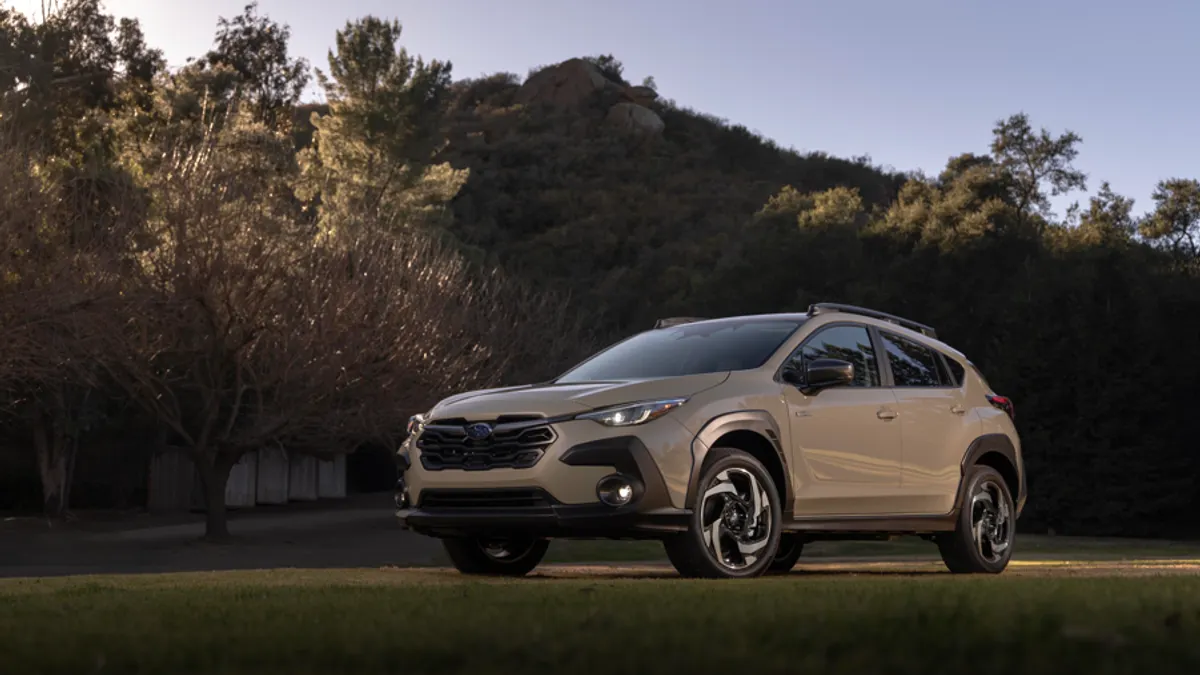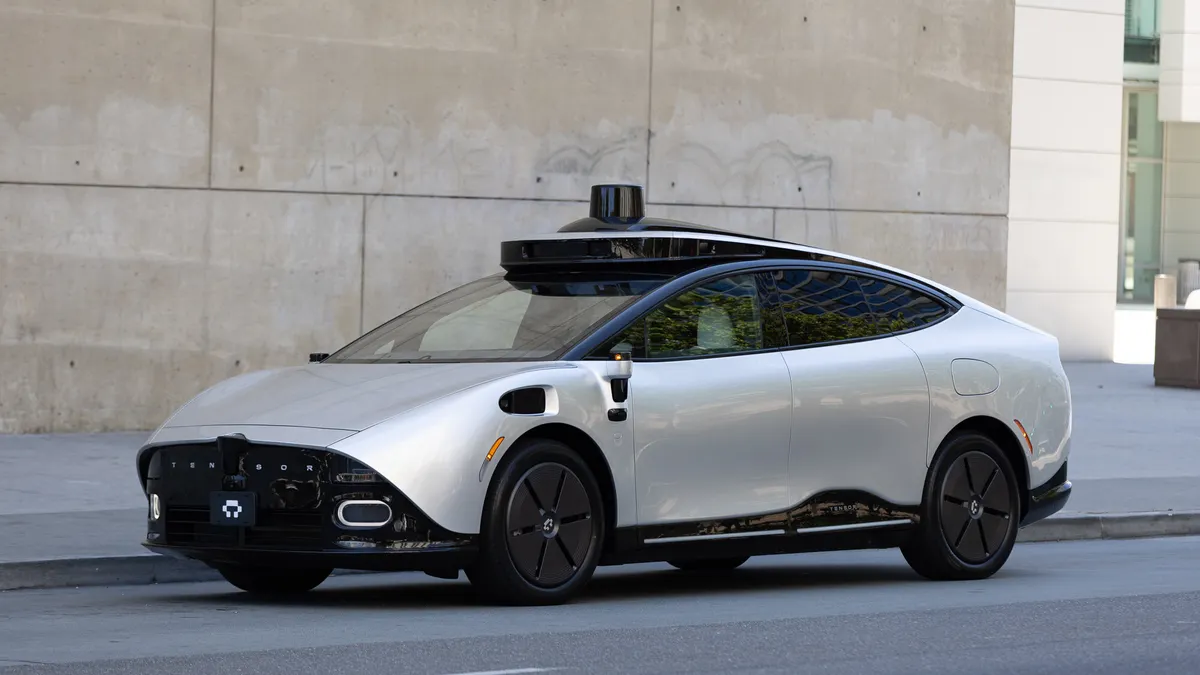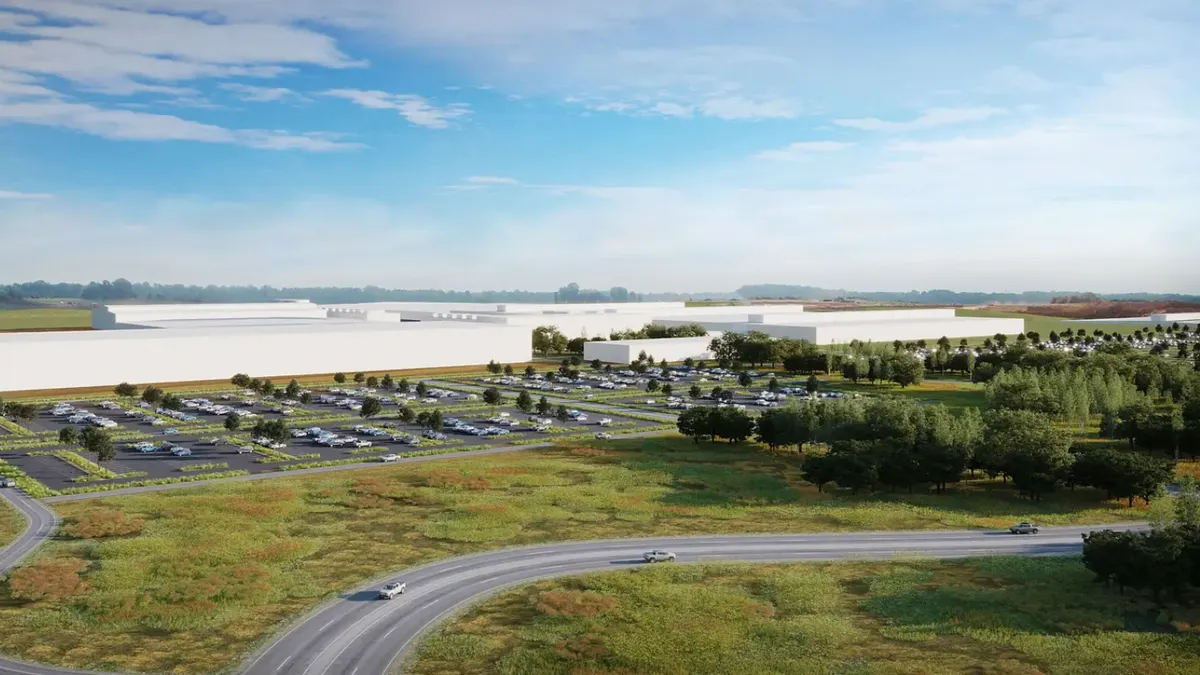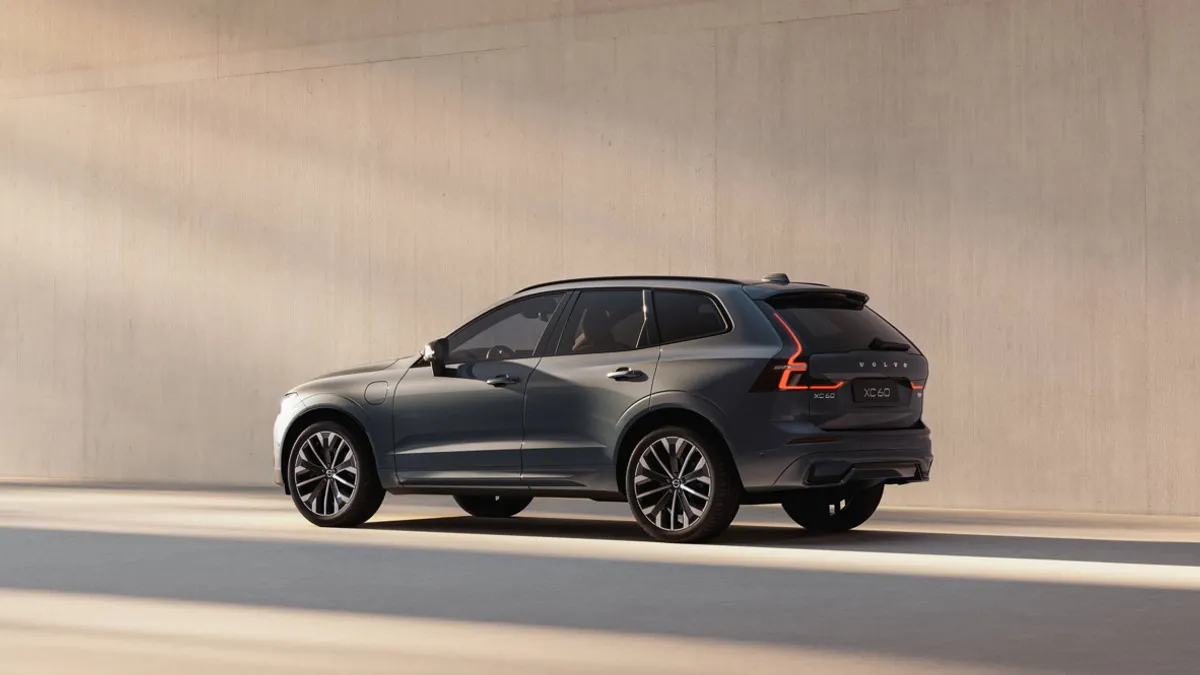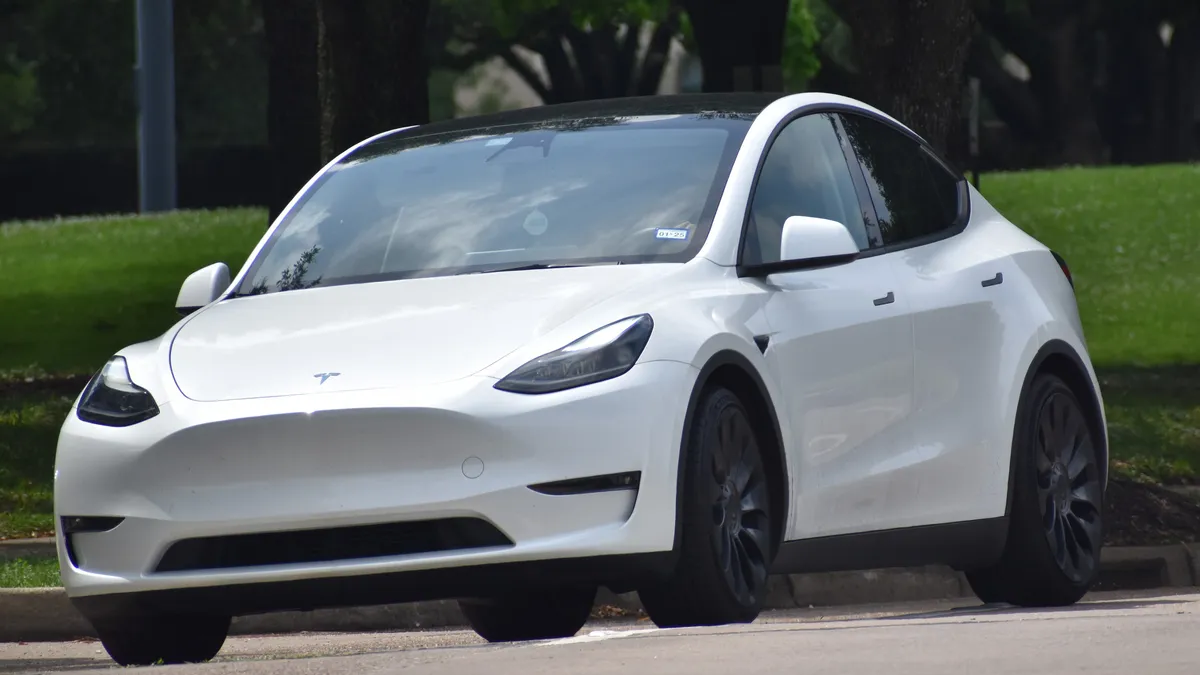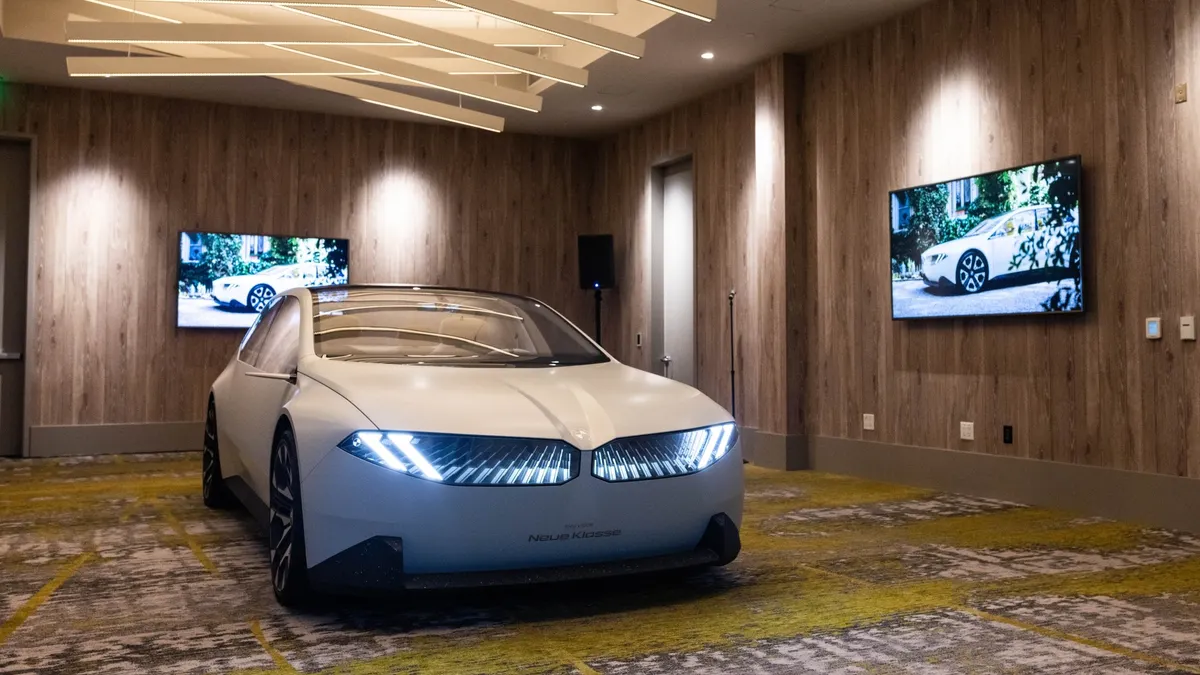As Rivian prepares to launch its newest vehicle, executives are betting on the company’s strong brand and lessons learned from past launches to control costs as it navigates tariffs and a softening EV market.
The launch of the lower-cost R2 SUV, slated for early next year, comes as the electric vehicle maker is riding a wave of momentum, with Q2 revenue up 12.5% year over year. Rivian has two planned special events in September to mark the restart of construction on its $5 billion EV plant in Georgia and the opening of its East Coast headquarters in Atlanta later this year. If Rivian’s R2 is a commercial hit, executives are confident the company can execute its long-term vision to scale the business.
“R2 is a core focus for our team and a critical step to achieving our objective of delivering millions of vehicles per year,” Founder and CEO RJ Scaringe said on a call with analysts Aug. 5.
Scaringe said he has spent a lot of time driving the R2 and that he’s “more bullish on the vehicle than any product we’ve developed.” The R2 has a starting price of about $45,000, which is $30,000 less than R1S but in line with other mid-size electric SUVs in the market.
“I believe the product market fit is incredible. The packaging, the technology and overall value proposition set R2 up for meaningful share,” Scaringe said.
Building the tech stack
Rivian enters its next growth phase in September when it pauses its plant in Normal, Illinois, for three weeks to prepare for R2 production, CFO Claire Rauh McDonough said on the Aug. 5 call with analysts.
Compared to previous vehicle launches, executives now have production insights from bringing both previous generation vehicles to market along with its commercial vans.
Since it began selling R1Ts in 2021, Rivian has improved its vehicle technology stack. After launching a joint venture with Volkswagen Group in November 2024, the collaboration brought together Rivian’s technical know-how with Volkswagen’s financial resources, which meant concepts could become reality faster.
Before the joint venture, Rivian’s technology was not compatible with Volkswagen vehicles. However, through the collaboration, its proprietary electrical architecture and software now is compatible with VW vehicles, opening the door to develop electrical vehicle platforms for global markets at different pricepoints.

“We do believe there's opportunities above and beyond the relationship with Volkswagen Group for further licensing of our software and technology,” Scaringe told analysts. “And then beyond that, we also see opportunities emerging with a lot of the work that we're doing in our autonomy stack.”
He said Rivian is investing heavily in autonomous technology, adding that it will only improve in the future.
“This is an area of the business that we're very excited about,” Scaringe said. “Customers are going to start to see the fruit of a lot of this hard work that's gone in, in terms of building a robust data flywheel.”
Steps to control costs
While R2 production has not commenced, Rivian already is forecasting reduced costs for manufacturing and vehicle components. Scaringe expects production costs for the R2 will be less than half of the R1.
“That's really reflective of an incredibly high focus on ease of assembly, design for manufacturability, leveraging the many, many learnings that were born out of what we went through on R1,” Scaringe said.
Because the R2 is a smaller vehicle than its predecessors may also drive lower expenses.
“Simplified body architecture, simplify closure systems, further simplifications, the network architecture and associated wire and harness and in totality, what that gives us is a vehicle with a much lower cost basis, which supports that dramatically reduced pricing of R2,” Scaringe said.
However, the automaker must also deal with rising costs to produce vehicles due to tariffs alongside EV tax credit changes. Tariffs will have a “couple of thousand dollars per unit” impact for the remainder of 2025, McDonough said on the call.
She added that the loss of the EV sales tax credit on Sept. 30 will impact the company’s bottom line this fiscal year as it revised its regulatory credit sales downward from $300 million to $160 million. However, Rivian is maintaining its 2025 delivery guidance of between 40,000 to 46,000 vehicles.
“As a result of the changes in our regulatory credit outlook, in addition to our second quarter results, we expect our gross profit for the full-year 2025 to be roughly break even,” McDonough said. The automaker posted a loss of $206 million in Q2.
The challenges are not unique to Rivian, according to Daniel Binns, global CEO of strategic brand consultancy Elmwood.
"The entire EV market is in a short-term state of flux over the prospect of reduced tax credits and supply chain challenges,” Binns said in an email to Automotive Dive. “The bigger question for investors is which brand can win over the long haul, and I still have my money on Rivian.”
Despite headwinds, the automaker appears ready to do business in a tariff-influenced environment. The company says it has developed a strong supply chain over the past two years and has found ways to lower its production costs.
Negotiating long-term supplier deals for a host of components from tires to suspension systems prior to the onset of tariffs should contribute to Rivian’s cost control. Scaringe said the automaker has spent the last two years developing contracts and negotiating with suppliers “that can scale with us and ramp appropriately, but also can deliver a much lower cost structure.”
Building a brand
While cost-conscious consumers considering an electric SUV may be drawn to the R2 or other comparably priced vehicles, Rivian’s branding strategy may help it stand out in a field crowded with other EV makers and legacy automotive companies.
Scaringe said the R2 delivers on Rivian’s brand promise, which according to the automaker is providing a vehicle that caters to off-road enthusiasts and urban explorers.
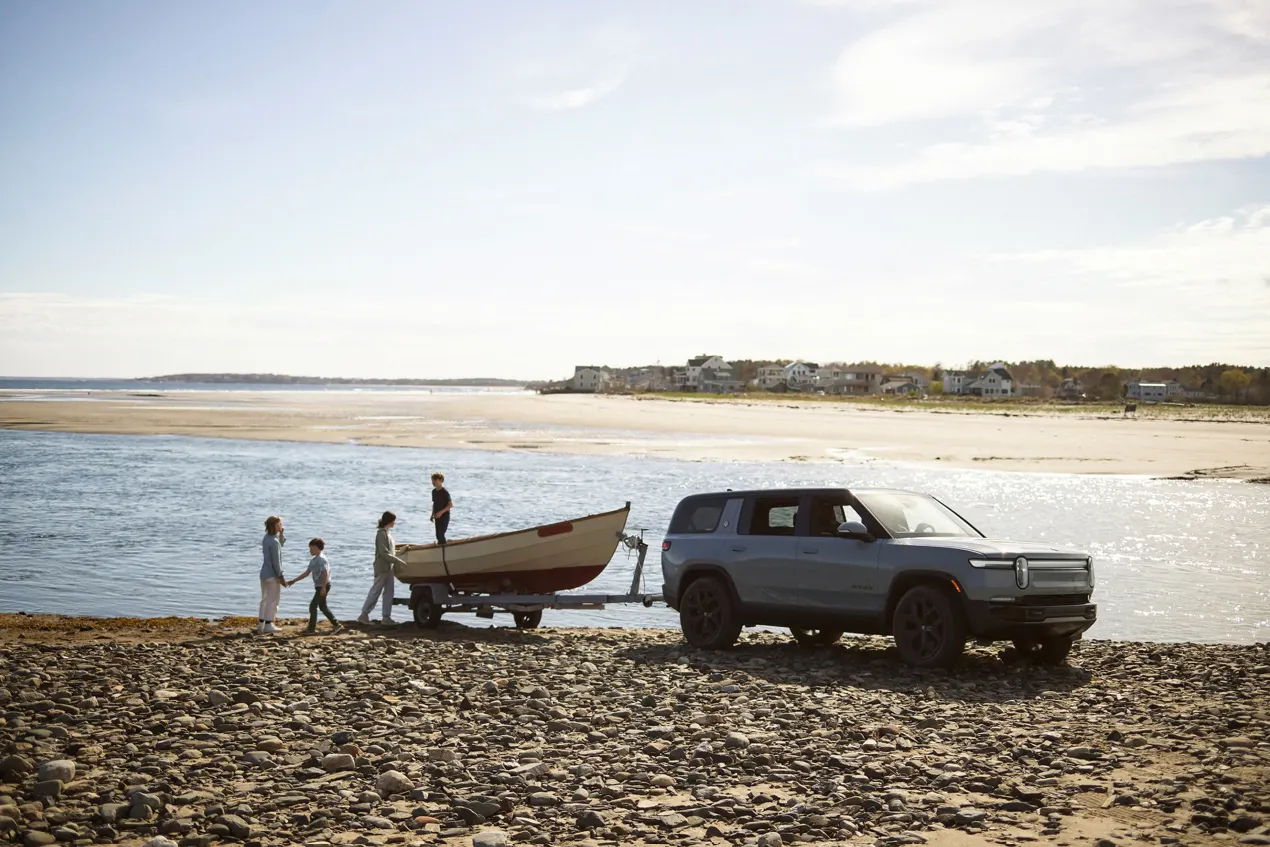
“We've been very thoughtful in some of the content decisions we've made, where it's not as extreme in terms of performance or capability [as] what you see in R1,” he said.
Binns said Rivian, similar to brands including Land Rover, Porsche and MINI, is built on the premise of a series of rugged, capable, unapologetically modern 4x4s.
“Just being a purveyor of EV vehicles will not be enough when every manufacturer offers EVs,” Binns said. Rivian vehicles “have the hallmarks of the EV category baked into their brand DNA, planet-loving and tech-forward, but also have important compelling attributes like adventure, excitement and innovation in their core.”
Binns said Rivian is loved by owners and well-regarded by critics and despite competition, he believes the EV maker “will weather the storm and continue to lead the 4X4 EV pack into the future.”



